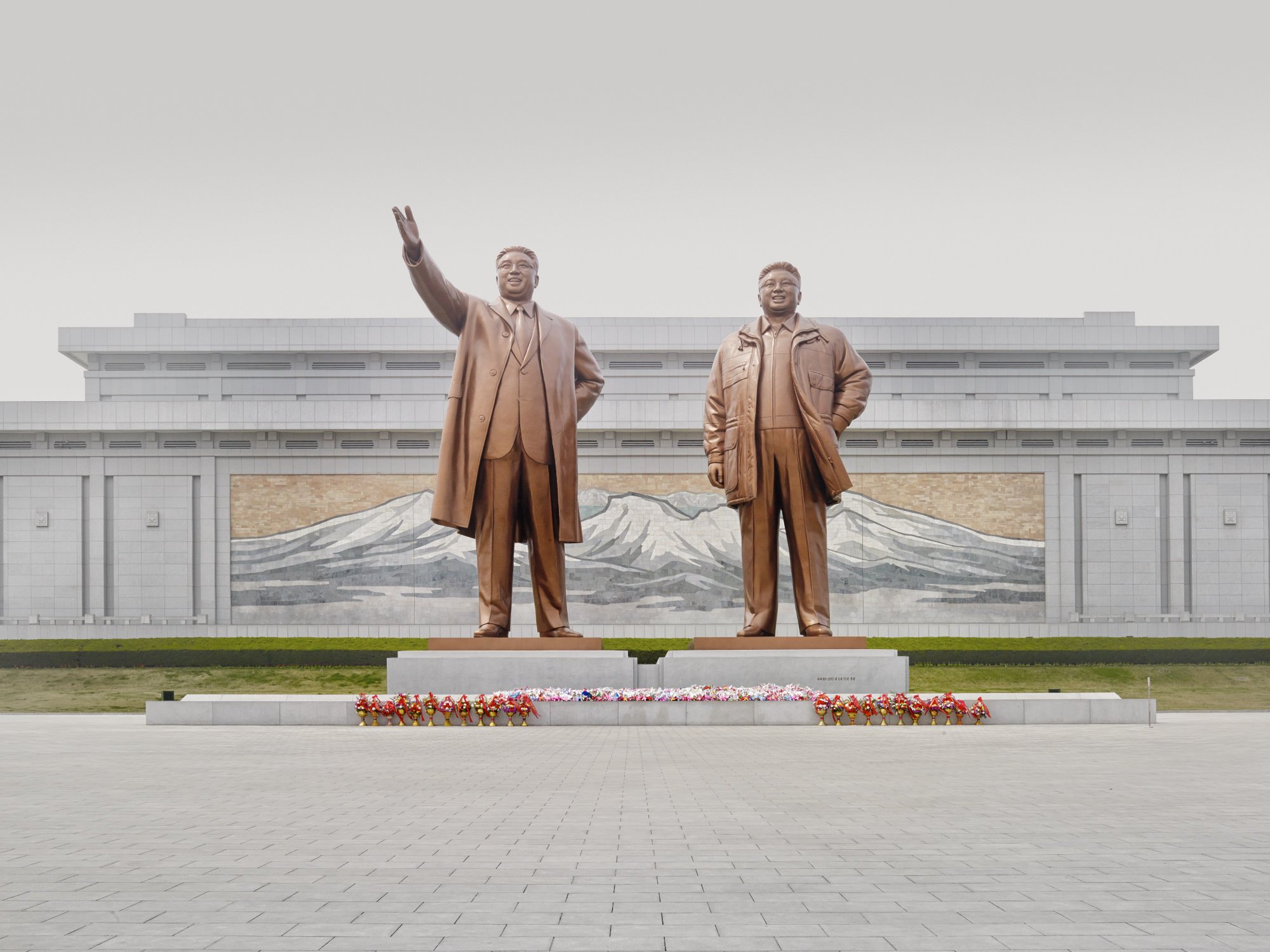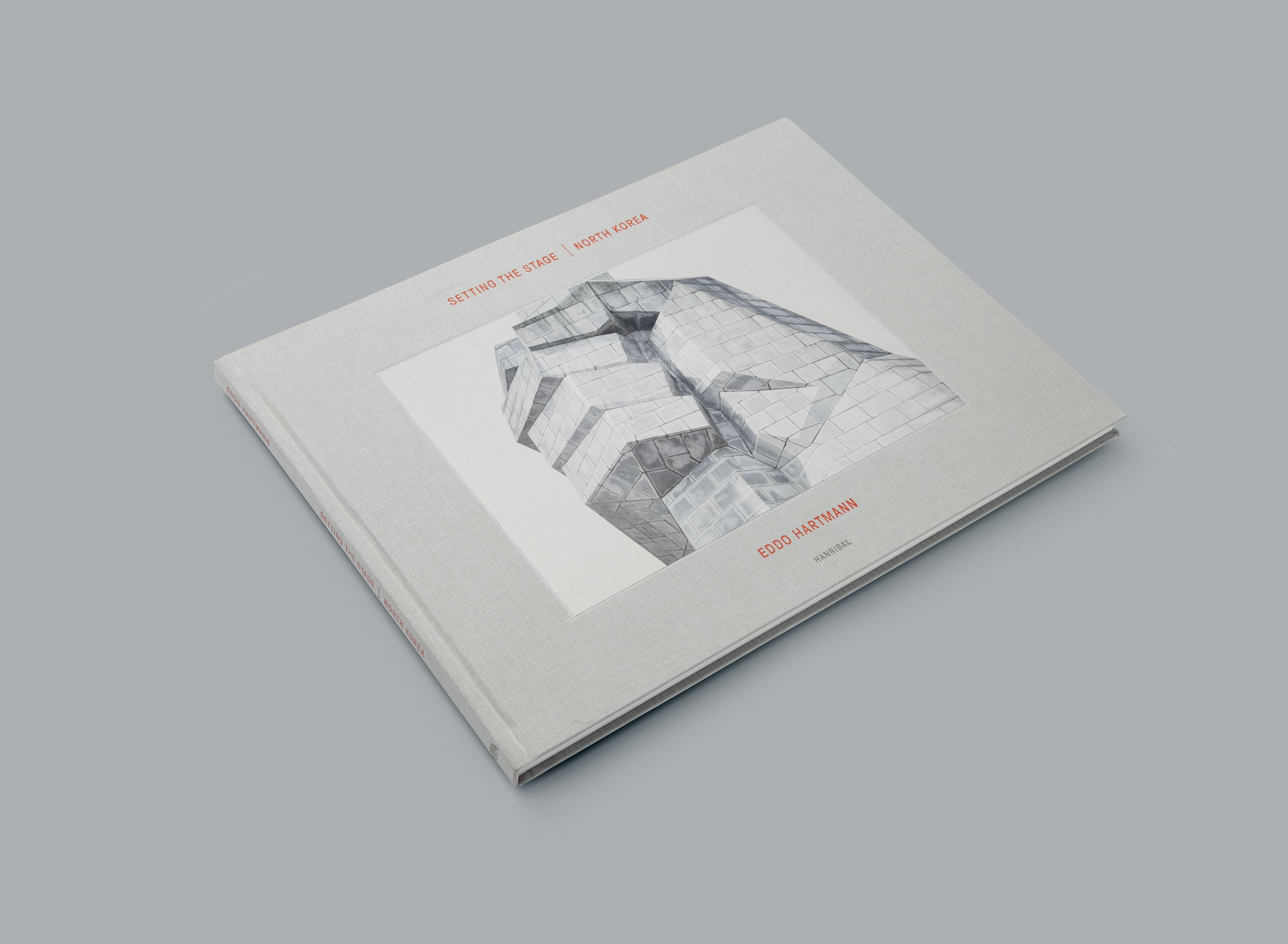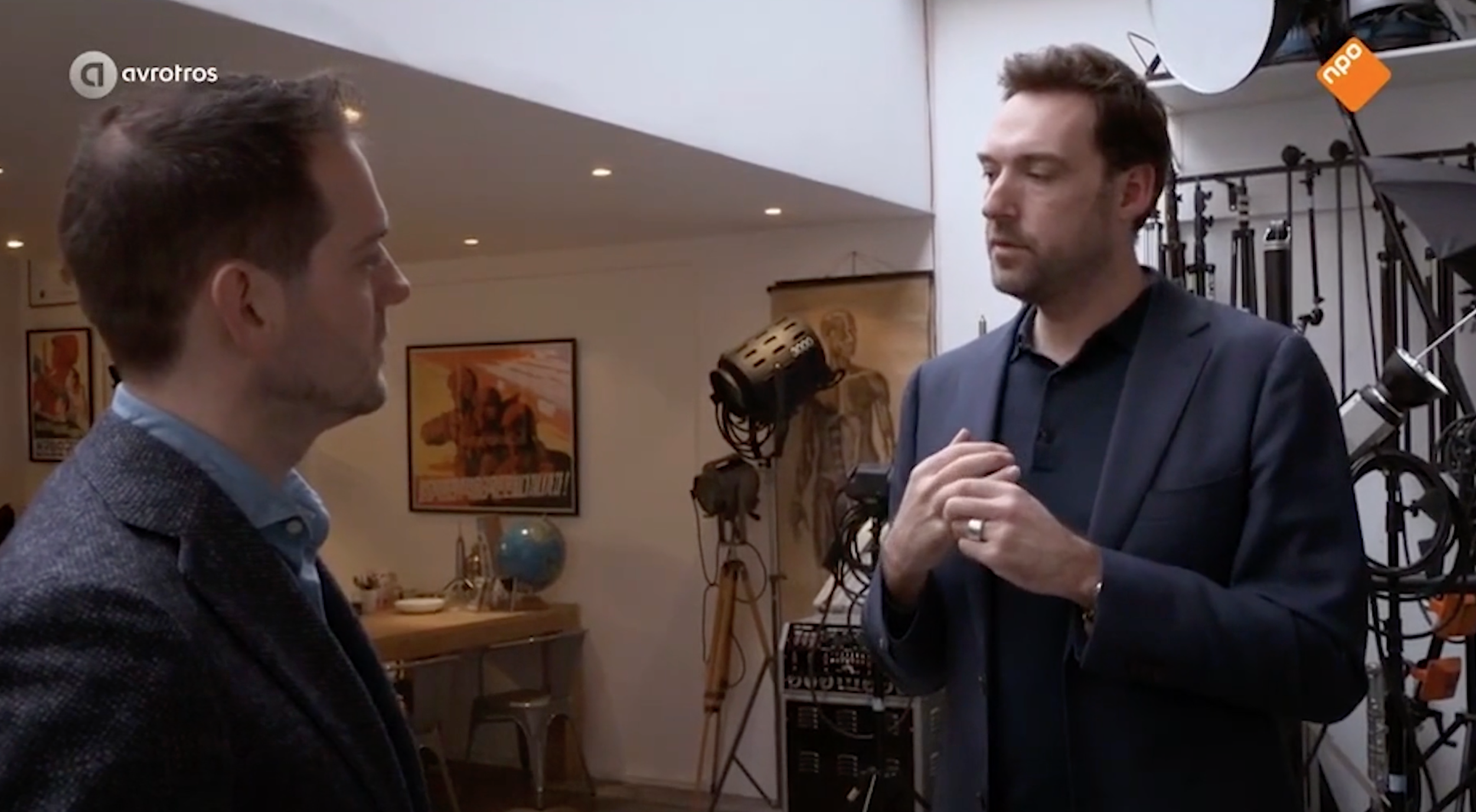SETTING THE STAGE

Since its invention, photography has been giving people the opportunity to look into the distant and inaccessible parts of the world. Even in today's global and highly transparent world, where people can cover large distances in a few hours, we learn a lot about life in other countries through the images and texts accompanying them. This is especially true for closed states, access to which is restricted or impossible for political reasons. In this case, the image is based solely on media coverage, often mythologizing and turning it into a set of visual and verbal clichés. North Korea is perhaps the most vivid example of such mythology. Being isolated from the rest of the world, the country only seems to show its carefully retouched surface. A man with a camera in North Korea faces rigid control and regulations concerning what to shoot and how it should be shot. However, photography, which is able to capture a random moment, can detect something not available to the unaided eyes. In fact a photo can suddenly show "the invisible" even in the most carefully staged performance. Therefore, it remains the main research tool of the hidden reality.
“ WITHIN NORTH KOREA’S COLLECTIVE CHARACTER, THE INDIVIDUAL IS JUST A PIXEL . IT’S EXACTLY THAT PIXEL THAT I’M LOOKING FOR AND IT’S SIGNIFICANCE WITHIN THE CITY. ”
Setting The Stage (2014-2017) was created during four sessions in four consecutive years. The concept was to portray the North Korean regime’s ambition to construct the ultimate socialist city while completely shaping the lives of its inhabitants. After the total destruction of the capital during the Korean War (1950-1953), the government seized the opportunity to rebuild Pyongyang from the ground up and convert it into the perfect propaganda setting. The buildings were designed to provide all inhabitants with a utopian background for their everyday routine and immortalise the socialist revolution. In a series of evocative images, the forced and almost unrealistic character of the North Korean aspirations are captured.
Statues Of The Leaders, Mansu Hill, Pyongyang, 2014
Childrens Palace Rocket, Mangyongdae Palace, Pyongyang, 2014
Central District By Night Part 1, Pyongyang, 2014
Lady In Blue, Health Complex, Pyongyang, 2016
Office Worker, Kim Il Sung Square, Pyongyang 2017
Factory Workers, Metro Pyongyang, 2015
Portrait Of The Leaders Somun Street , Pyongyang, 2015
Shining Star Rocket, Revolutions Exhibition, Pyongyang, 2017
Escalator guard, Metro, Pyongyang, 2016
Gymnasium, Chongchun Street, Pyongyang, 2015
Day Of The Sun, Kim Il Sung April 15th, Pyongyang, 2014
Table Number One, March 8th Hotel, Sariwon, 2017
Capital Of The Revolution, Pothongang District, Pyongyang, 2015
Gun Instructor And Guide, Pyongyang 2014
Kiosk, Sungri Street, Pyongyang 2016
Daily Visitor, Changgwangwon Health Complex, Pyongyang, 2017
Waiting For Bus, Othan-Kangan street, Pyongyang, 2017
Flag Supreme Commander, Kim Il Sung Square, 2014
Sicle, Brush and Hammer, Monument, Pyongyang, 2014
Guide In Red, Lobby Yanggakdo Hotel, Pyongyang, 2014
Military Vehicles, Yokjon Street, Pyongyang, 2015
Waiting Student, Health Complex, Pyongyang, 2017
Carriage, Metro Pyongyang, 2014
Welcome, Entrance Kim Il Sung Stadium, Pyongyang, 2014
Addressing The Citizens, Metro Pyongyang, 2014
Model Room, Three Revolutions Exhibition, Pyongyang, 2016
Single-hearted Unity, Pyongyang, 2014
Housewife and guard, Pyongyang 2015
Permission, People’s Study House, Pyongyang, 2016
October Ten Parade, Tongdaewon Street, Pyongyang 2015
Palace of the Sun, Memorial Palace, Pyongyang, 2014
Stairs, Juche Tower, Pyongyang, 2014
Portrait Of The Leaders, Jannamsan Hotel, Kaesong, 2014
Electronics Hall, Three Revolutions Exhibition, Pyongyang, 2015
Waiting, Entrance Of Ice Skating Rink, Pyongyang, 2016
Message From The Party, Pyongchong District, Pyongyang, 2015
Working In North Korea
This video was shot on location during the last photography session in Pyongyang. The majority of the footage was captured by an official cameraman assigned to document the visit of foreign visitors to the country. A portion of the video was clandestinely recorded using a concealed camera in areas where filming was prohibited. It should be noted that filming in North Korea is heavily restricted and closely monitored by the government, making it difficult to obtain footage of the country. Visitors to North Korea are only allowed to film in designated areas and with government approval. Even then, the footage is often heavily censored and edited before being released to the public.
Where Are You Dear General?
As the clock strikes 12 in the heart of Pyongyang, the stillness of the night is broken by the sudden crackle of loudspeakers that fill the city with the strange electronic music of "Where Are You, Dear General". This is the nightly ritual that most residents of the city have grown accustomed to. The tune is a short electronic version of one of the most famous North Korean revolutionary operas, "A True Daughter Of The Party". This nightly ritual has been filmed during many late evenings as the residents made their way through the dark streets and squares.
Sound engineer | Paul Cupido
Colour grading | Stephan Lesger
Editor | Rob Driesen
Interview Dutch Television
Hartmann was featured in an interview with AvroTros for the national television program "Kunstuur" in 2018, in connection with his exhibition "Setting the Stage | North Korea" at Museum Huis Marseille. During the interview, Hartmann discussed his experiences and difficulties as a photographer working in North Korea. The exhibition showcased Hartmann's work through a variety of multimedia elements, including 360-degree video installations, large format prints, and artifacts from his travels within the country, all spread across multiple floors of the museum.
















































